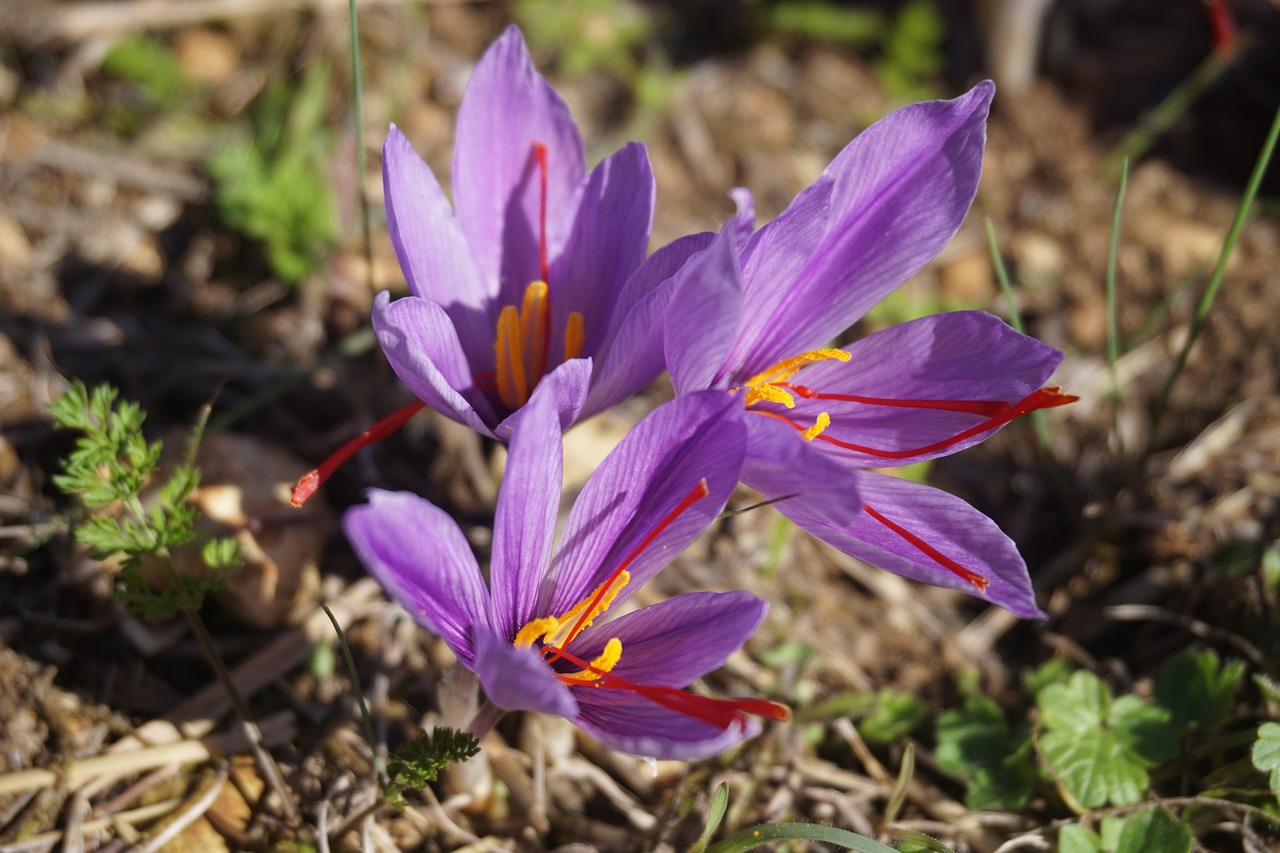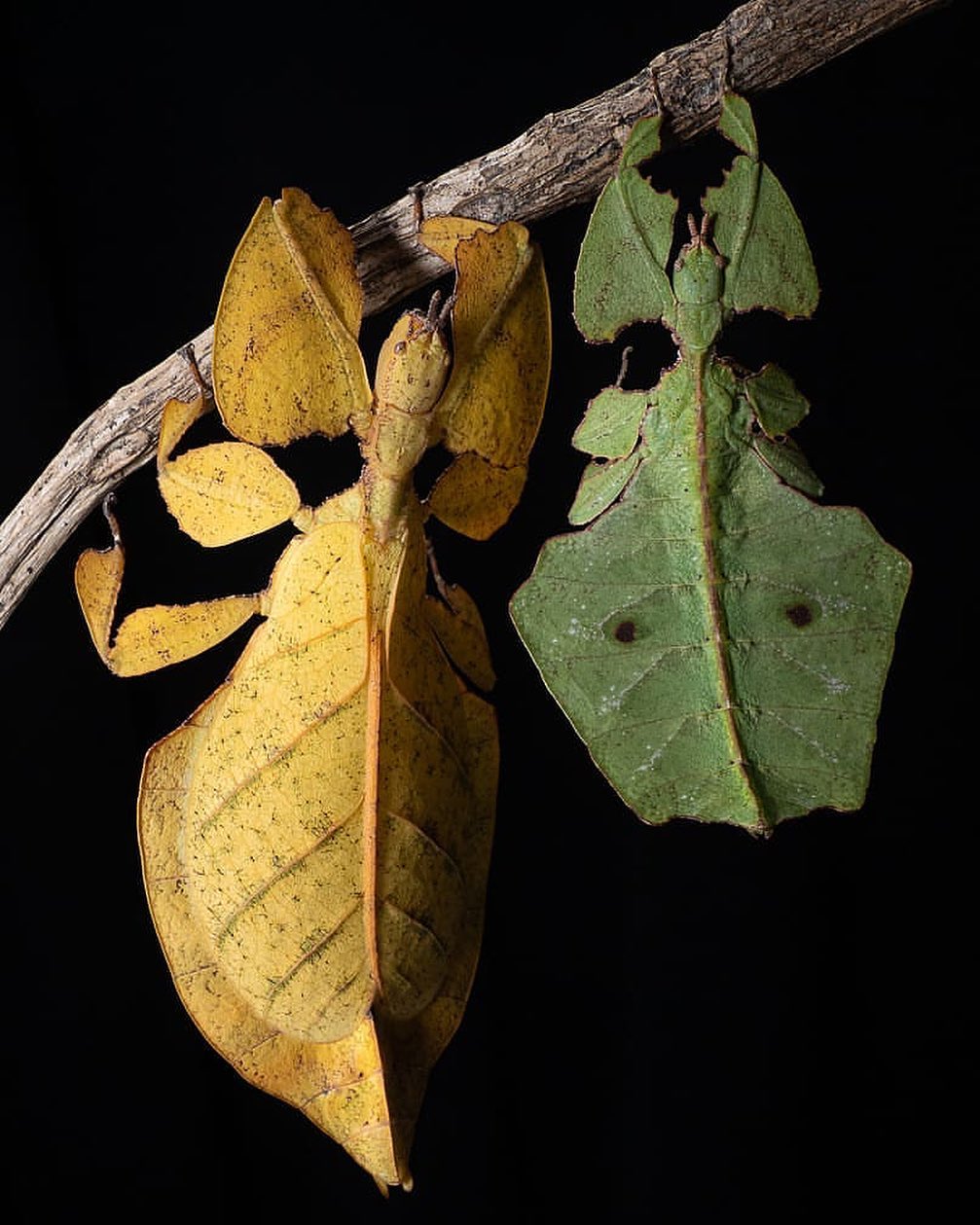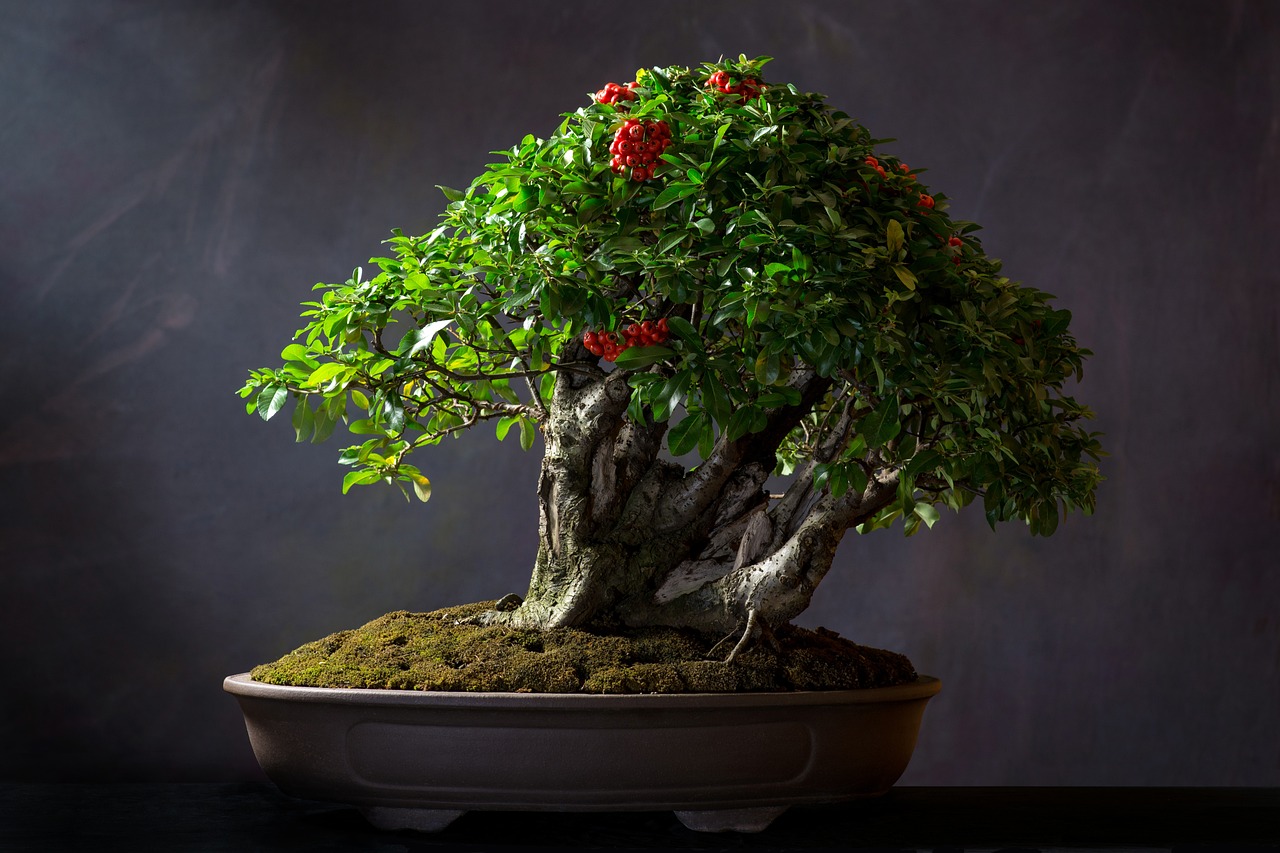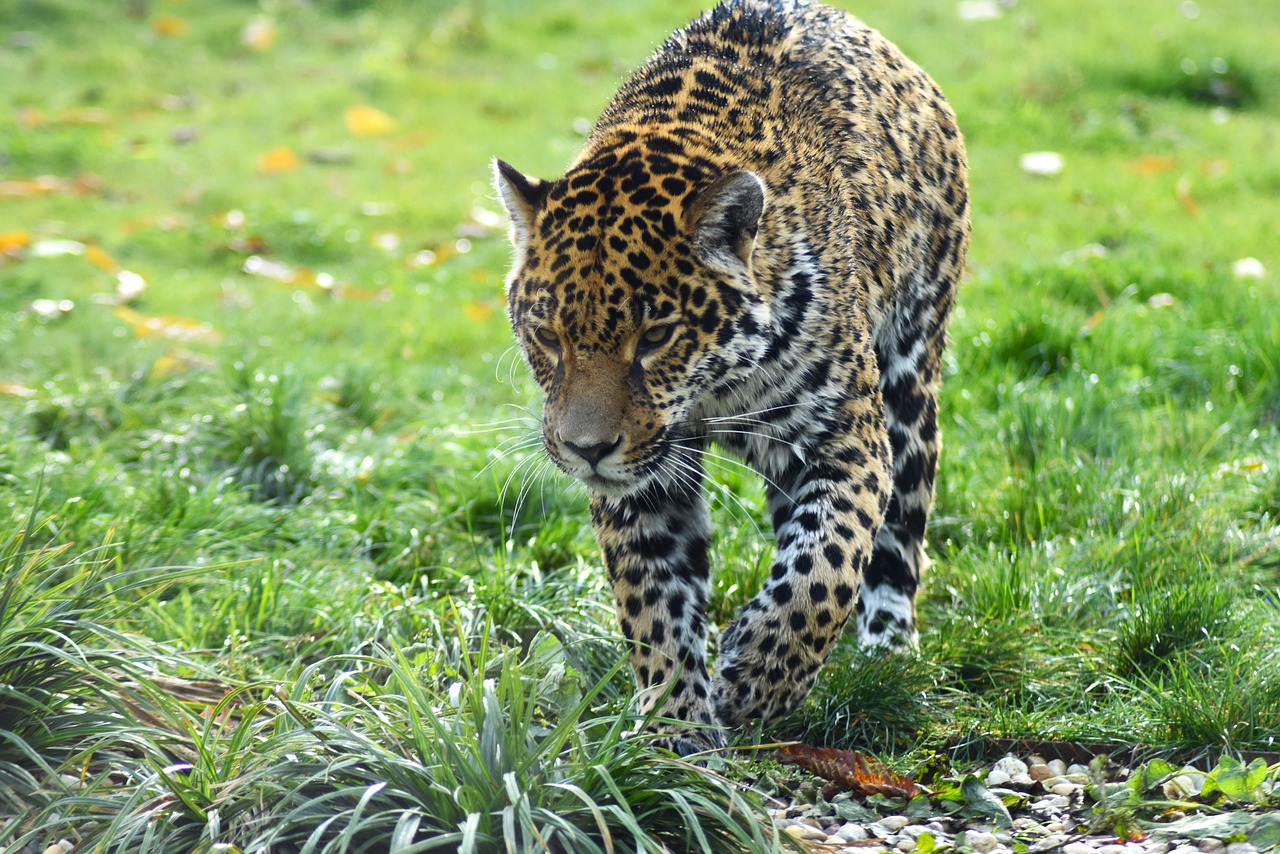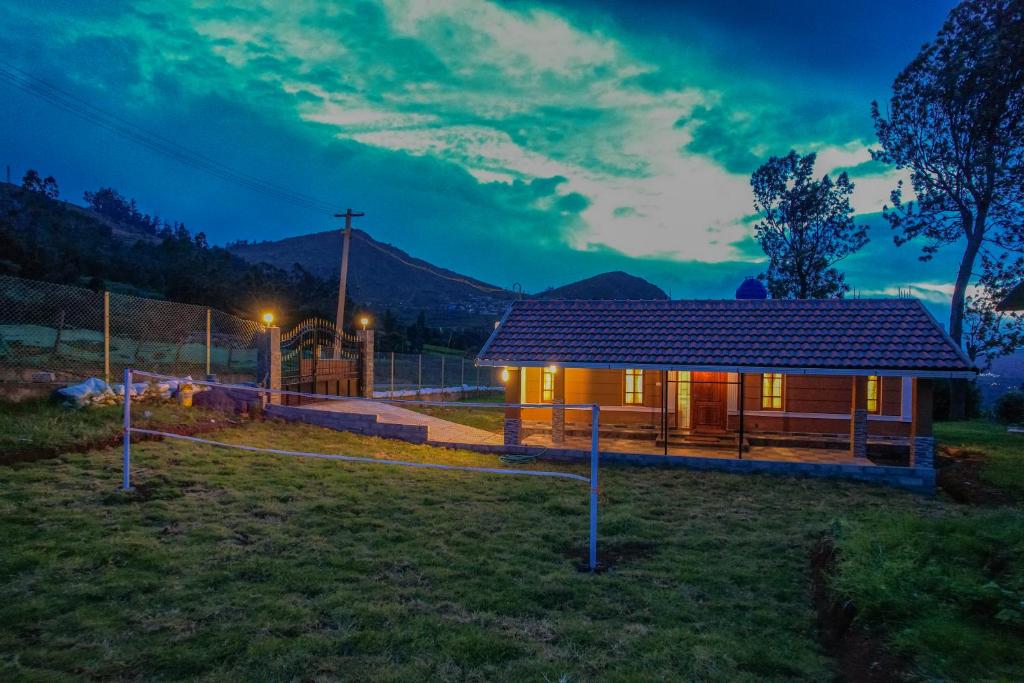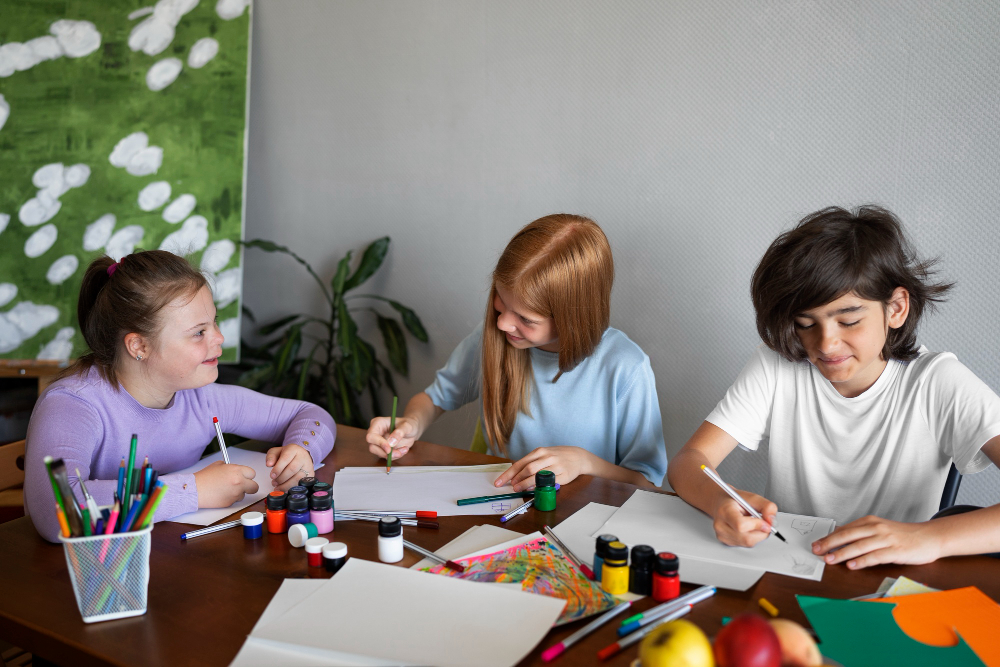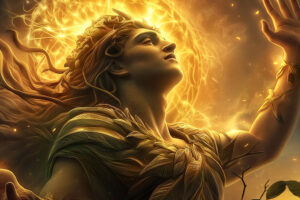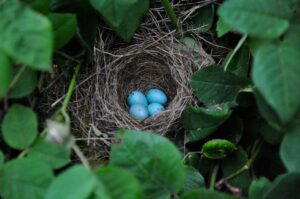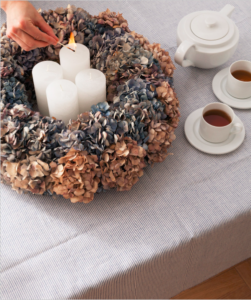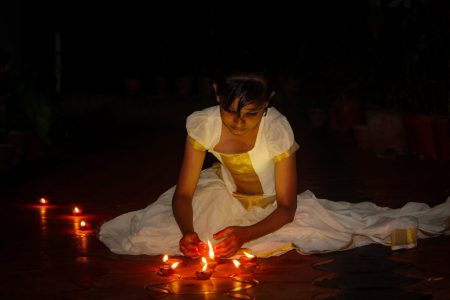 Pin
Pin Photo by ABHIJITH TS
There comes a moment in every adult’s life when festivals stop feeling like celebrations and start feeling like obligations written in someone else’s handwriting. The diyas we light cast shadows instead of hope. The sweets taste like sugar and ghee, nothing more. We move through Diwali like sleepwalkers, our hands remembering what our hearts have forgotten, until one autumn evening when everything changes because a child asks a question so simple it shatters years of accumulated indifference.
My niece was four years old when she held a clay diya in her small palms and asked why we were giving fire to the darkness, and in that question lived all the mysteries our grandmother once whispered to us but which we had buried beneath mortgage payments and grocery lists. That night, watching her face illuminated by a single flame, we remembered what we had lost—not gradually, the way hair turns gray, but all at once, like waking from a dream where you were flying. The magic hadn’t abandoned us. We had simply stopped believing it was real.
Table of Contents
The Forgetting
We stopped noticing exactly when the magic slipped away, the way you never notice the precise moment sleep takes you. One year the rangoli patterns at our doorstep were intricate mandalas that took hours to complete, each colored powder applied with the concentration of prayer. The next year—or was it five years later?—they became hurried circles, geometric shortcuts we traced while checking our phones, our minds already at the office or trapped in traffic we hadn’t yet entered. The festival became something we survived rather than savored, another item on an endless list of things adults must do to prove they haven’t forgotten where they came from, even as they forget why any of it mattered in the first place.
My mother would spend weeks preparing for Diwali when I was small, and the house would fill with the smell of cardamom and ghee so thick you could taste the air itself. But somewhere between childhood and mortgages, between wonder and weariness, we compressed those weeks into frantic afternoons. We bought sweets from stores instead of making them, purchased ready-made decorations instead of crafting them from marigolds and mango leaves. We told ourselves this was efficiency, this was modern life, never admitting that what we were really doing was building walls between ourselves and joy, brick by convenient brick, until the festival became a photograph of itself—flat, faded, and impossible to step inside.
The Child Who Remembered What We Forgot
She arrived at our house three days before Diwali with a suitcase full of questions that had no answers in any book we owned. My niece had lived her entire short life in a suburb where festivals were whispered secrets among immigrant families, and to her, Diwali wasn’t a fading memory but an undiscovered country filled with mysteries that needed solving. She wanted to know why the goddess Lakshmi chose this particular night to visit homes, whether the diyas got tired of burning, if the fireworks were having conversations in a language only children could understand. Her questions tumbled out like coins from a torn pocket, scattered and gleaming and somehow more valuable than anything we’d accumulated in our practical adult years.
What startled us wasn’t her curiosity—children are always curious—but the way her wonder exposed our own carefully constructed numbness. When she insisted on making every sweet from scratch, spending an entire afternoon rolling coconut ladoos with hands too small for the work, we realized we’d forgotten that festivals weren’t meant to be efficient. When she sat cross-legged before our small altar, studying the pictures of gods and goddesses with the intensity of someone decoding ancient maps, we understood that somewhere along the way we’d stopped seeing the divine and started seeing only decoration. She believed in the magic with such fierce certainty that our skepticism began to crack, the way ice breaks in spring—slowly at first, then all at once.
The Ritual of Making
The kitchen became a temple of flour and sugar, and my niece its smallest, most devoted priest. She wanted to make every sweet our grandmother used to make, recipes that existed only in muscle memory and the faint annotations in a water-stained notebook with pages soft as cloth. We stood side by side at the counter, three generations of women who had forgotten how to stand still, and she made us slow down. Her small fingers couldn’t rush through the motions, couldn’t skip steps or take shortcuts, and so we were forced to remember that making sweets for Diwali was never about the sweets themselves but about the hours spent making them, the stories exchanged while waiting for milk to thicken, the laughter when the first batch burned because someone was too busy talking to watch the stove.
She measured cardamom pods one by one, counting them aloud in a mixture of English and broken Hindi, and asked why we added exactly seven, not six or eight. We had no answer except that this was how it had always been done, and she nodded as if this was the most profound wisdom anyone had ever shared. The kheer took two hours to make, the halwa another three, and by the time we finished, the sun had set and our backs ached and we felt more alive than we had in years. She had turned cooking into ceremony again, the way it used to be before we learned to measure time in productivity instead of presence, before we forgot that the slowness was the point.
The Language of Light
On the evening before Diwali, she insisted we make our own diyas instead of using the electric lights we’d relied on for years—those neat, practical strings that required nothing but an outlet and eliminated all possibility of fire or mess or magic. We sat on the front porch with clay and wicks and oil that smelled like earth and ancient kitchens, and she shaped each lamp with the seriousness of someone building cathedrals. Her hands moved slowly, deliberately, as if she understood that these small clay vessels would carry something more important than flame. She asked why we gave light to the darkness instead of fighting it, and the question hung in the air like incense smoke, revealing how much wisdom lives in the gap between what we do and why we’ve forgotten we do it.
When the sun finally disappeared and the sky turned the color of crushed peacock feathers, we lit the diyas one by one, and she watched each flame catch and hold as if witnessing a series of small miracles. The electric lights in our neighbor’s yards blazed bright and uniform, but our flickering clay lamps cast shadows that danced and changed, alive in a way no store-bought illumination could ever be. She placed them along the pathway, on the windowsills, around the tulsi plant that my grandmother had planted decades ago and which somehow still survived our neglect. And standing there in that wavering golden light, we remembered what our ancestors knew—that darkness isn’t the enemy, that sometimes you need shadows to understand what light means, that the most beautiful illumination comes from something small and fragile that could go out at any moment but chooses to keep burning.
Stories That Refuse to Die
She wanted to hear the stories—all of them—the ones about why Rama returned to Ayodhya on this night, why we worshipped a goddess who sat on a lotus, why firecrackers announced joy to the heavens. We realized with something like shame that we’d forgotten most of the stories ourselves, or rather, we’d compressed them into simple explanations that fit between commercial breaks and bedtime. So we called my mother, who called her sister, who remembered parts but not all, and together we pieced together narratives that had survived centuries by being passed from mouth to mouth, reshaped by each generation but never entirely lost. My niece listened with her whole body, leaning forward as if the words themselves might escape if she didn’t catch them, and we found ourselves leaning forward too, hearing these tales as if for the first time, even though we’d heard them dozens of times before.
The stories didn’t sound like the sanitized versions we vaguely remembered from childhood books with bright illustrations and moral lessons printed in bold. They were stranger, wilder, full of contradictions and questions that had no neat answers. Goddesses who were fierce and gentle simultaneously. Gods who made mistakes. Demons who weren’t entirely evil. Heroes who doubted. My niece accepted all of it without needing it to make logical sense, the way children accept that trees can talk in stories even though they stay silent in yards. And watching her absorb these tales with such openness, we understood that we’d stopped believing in the stories the moment we started needing them to be literally true, when the real truth was something larger and stranger—that these stories were maps to a country that existed somewhere between fact and feeling, and you could only visit if you stopped demanding directions.
The Art of Decoration as Prayer
She approached the rangoli the way painters approach blank canvases—with reverence and absolutely no fear of imperfection. We’d planned to make something simple, a quick pattern at the doorstep to satisfy tradition, but she had other ideas that arrived fully formed and non-negotiable. She wanted flowers and peacocks and geometric patterns that spiraled inward like galaxies, and she wanted to make them not just at the entrance but throughout the house, small offerings of color in unexpected places. We spent an entire morning on our knees, our backs complaining, our fingers stained with turmeric yellow and vermillion red, creating temporary art that the first strong wind or careless footstep would destroy, and somehow this impermanence made it more precious, not less.
My mother watched from the doorway and said something we almost missed, her voice quiet with memory: that her own mother used to say rangoli wasn’t decoration but invitation, a way of telling the divine that it was welcome here, that beauty had been prepared for its arrival. My niece nodded as if this made perfect sense, as if she’d always known that art and prayer were the same thing in different languages. She placed each grain of colored rice with intention, whispering to the emerging patterns, telling them to stay beautiful, to last through the festival, to make the goddess smile when she passed by. And we realized that we’d forgotten how to make anything beautiful without purpose or profit, how to create something knowing it would vanish, how to offer our time and attention to what wouldn’t last—which was, perhaps, the only way to touch what was eternal.
The Economy of Gifts
She had saved her pocket money for months, coins collected in a plastic jar shaped like a frog, and she counted them out on the kitchen table with the gravity of a banker handling fortunes. Twenty-three dollars and forty-seven cents, which to her represented infinite possibility. She wanted to buy gifts for everyone—not expensive things, she explained, but things that would make people remember they were loved. We offered to take her to the store, to help her buy proper presents with our credit cards and adult efficiency, but she refused with a stubbornness that reminded me of my grandmother. She wanted to make the gifts herself, using materials we already had, transforming ordinary objects into offerings through nothing but attention and care.
For three days she disappeared into a corner of the living room that became her workshop, emerging only for meals and more supplies—old buttons, scraps of fabric, empty jars, ribbon saved from forgotten birthdays. She made bookmarks decorated with pressed flowers for the readers, painted stones for those who loved gardens, tiny cloth pouches filled with cardamom and cloves for anyone who might need good dreams. Each gift took hours to complete, and watching her work with such focus, we remembered what we’d lost in a world where presents came wrapped in efficiency and overnight shipping. She was giving time itself, the most valuable thing any of us possess, transformed into objects that would be treasured not because they were expensive but because they held hours of someone’s life, freely given. On Diwali morning, when she distributed her humble creations with the pride of a queen distributing jewels, we understood that we’d confused generosity with spending, never realizing that the best gifts cost nothing but attention and couldn’t be purchased at any price.
The Sound of Celebration
The firecrackers terrified and thrilled her in equal measure, and she insisted on being outside for every single burst of light and sound, her hands clamped over her ears but her eyes wide open, refusing to miss a moment. Our neighborhood, usually silent except for lawnmowers and the occasional barking dog, transformed into something unrecognizable—the sky exploding in colors that had no names, the air thick with smoke and sulfur and the particular electricity that comes from collective joy. Families who normally waved from driveways stood together in the street, children running between houses like the borders between properties had dissolved, and for a few hours our suburban anonymity cracked open to reveal something older underneath, something that remembered when celebration was a communal act, not a private one conducted behind closed doors.
She wanted to light sparklers, and we held them together, my hand steadying hers as the fire traced patterns in the darkness, temporary constellations that existed for seconds before disappearing into smoke. She wrote her name in light, then tried to write longer words—”happy” and “festival” and “forever”—as if she could make the moment permanent through spelling. When the sparklers burned down to nothing, she looked at her empty hand with such profound disappointment that my mother brought out the old brass bells we hadn’t rung in years, and she shook them with wild abandon, creating her own music to replace the fading firecrackers. The sound echoed through the house, ancient and joyful, and we realized we’d forgotten that celebration didn’t require explosions or expense—sometimes it only needed a willing heart and something that could make noise, announcing to the universe and anyone listening that we were here, we were alive, and we had reasons to be grateful.
The Feast That Became Communion
The dining table groaned under the weight of too much food, prepared with her small hands contributing to every dish, and she had insisted we set extra places for people who might arrive unexpectedly, because her grandmother had told her that Diwali was when the goddess of abundance visited homes and you should always be prepared for guests, divine or otherwise. We’d invited neighbors we barely knew, colleagues who had mentioned they’d be alone for the holiday, the elderly couple from down the street who never attended anything, and to our surprise, they all came. The table expanded with borrowed chairs and mismatched plates, and the conversation flowed in three languages, stories tangling together like vines, laughter rising and falling like breath itself.
She moved between the guests like a small diplomat, making sure everyone had enough food, asking questions that forced strangers to become friends—what was their favorite sweet, had they ever seen fireworks in India, did they know any good stories about festivals. By the end of the meal, our quiet house had transformed into something alive and loud and messier than we’d ever allowed it to be, and we realized that somewhere in our adult lives we’d started treating our homes like museums where nothing could be touched or disturbed, when they were meant to be lived in, filled with voices and chaos and the beautiful disorder that comes from genuine hospitality. As we cleaned up later, finding half-eaten sweets hidden in strange places and someone’s forgotten scarf on the couch, my niece said it had been the best dinner of her entire life, and we couldn’t disagree. We’d forgotten that festivals weren’t meant to be perfect—they were meant to overflow, to spill beyond boundaries, to crack open our careful lives and let the mess and magic pour in together, inseparable.
The Morning After Magic
She woke before dawn on the day after Diwali, when the house still smelled like incense and burnt wicks and the lingering sweetness of too many desserts, and she wanted to see if the goddess had visited during the night. We found her sitting among the dying diyas, studying the footprints we’d drawn in flour at the threshold—an old tradition meant to welcome Lakshmi into the home—and she was convinced she saw signs that someone divine had indeed walked through our door while we slept. Who were we to tell her otherwise, when we’d spent decades believing in nothing and it had brought us exactly nowhere? She collected the burnt-out diyas with the care of an archaeologist handling ancient artifacts, wanting to keep them, to remember, and we let her fill a shoebox with these remnants of illumination that most people would sweep away without a second thought.
The neighborhood returned to its usual quiet, the magic receding like tide, but something had shifted in a way we couldn’t quite name. The decorations that we normally rushed to pack away stayed up for extra days because she asked if they could remain a little longer, and we discovered we didn’t mind the marigolds wilting on our doorframe, the rangoli slowly fading under footsteps, these gentle reminders that beauty doesn’t have to be permanent to be real. She made us promise that next year we would start preparing earlier, make more sweets, invite more people, light more diyas, and we promised, knowing that she had given us something we couldn’t return—the ability to see our own traditions as if for the first time, to recognize that the magic we thought we’d lost had simply been waiting for us to stop rushing, to pay attention, to remember that festivals aren’t obligations but invitations to step outside the ordinary and touch something that exists beyond calendars and clocks.
What the Child Taught Us About Light
The diyas have been extinguished for weeks now, but we still catch ourselves looking for them in the evenings, our eyes searching for those small flames that briefly transformed our house into a constellation. My niece returned to her parents with her suitcase full of memories and a mind already planning next year’s celebration, but she left behind something we didn’t know we’d been missing—the understanding that wonder isn’t something you lose with age but something you choose to abandon, brick by practical brick, until you’ve built walls so high you forget that magic was ever possible. She showed us that festivals don’t lose their power; we simply stop giving them our attention, stop offering them our whole hearts, stop believing that a clay lamp filled with oil can hold more light than a thousand electric bulbs.
We’re different now in ways both large and impossibly small. We notice the quality of light more, the way afternoon sun catches dust particles and turns them into temporary galaxies. We make sweets on random Tuesdays for no reason except that the act of making them feels like prayer. We’ve started telling the old stories again, calling relatives to fill in gaps our memory erased, writing them down before they disappear entirely into the fog of modern forgetting. And when we light candles now—for dinner, for ambiance, for no reason at all—we remember what she asked that first evening: why we give light to darkness instead of fighting it. The answer, we’ve finally understood, is that darkness was never the enemy. The enemy was our own refusal to believe that small lights matter, that temporary beauty counts, that festivals celebrated with whole hearts can crack us open and let the magic back in—not the magic of childhood exactly, but something better: the magic of choosing to see wonder in a world that insists wonder is impractical, inefficient, and utterly essential.
FAQs
Start small—light one real diya instead of electric lights. The flame’s flicker reminds you why the festival existed before convenience took over.
Yes, but not by trying to recreate the past. Watch a child experience it fresh, or approach it as if you’re celebrating for the first time. Wonder returns when you stop rushing.
Because the hours spent making sweets together create memories the sweets themselves never could. The slowness is the point—it turns cooking into ceremony.
The stories. They carry meaning that decorations and sweets can’t. Tell them, even imperfectly. Let them evolve but don’t let them disappear into silence.
Invite everyone—neighbors, strangers, anyone alone. Festivals grow richer when shared. Explain traditions as you practice them. Let curiosity build bridges.

